16 January, 2018
Implantation: the most delicate and mysterious phase of pregnancy


Only 30% of the embryos naturally implant.
Embryo implantation is one of the biggest mysteries of pregnancy. If it fails, pregnancy is not possible, although the maternal organism is capable of releasing a mature ovule and even if the miracle of fertilization occurs. Although the embryo travels smoothly through the fallopian tube to the endometrium … there is nothing to do if the embryo fails to implant in the uterine wall. And in each fertile phase of a woman only one third of the embryos are implanted naturally. That attachment of the new being to the body of its mother will give food and shelter for about 40 weeks.
“Implantation is one of the most difficult and unknown phases of pregnancy. In addition, arriving to 12 weeks of gestation is not so simple. One in eight patients will have a pregnancy loss between the first 8 and 10 weeks of pregnancy”, says Dr. Luis Miguel Garcia, Specialist in Gynecology and Obstetrics expert in assisted reproduction at HC Fertility.
Implantation failure is defined as the non-achievement of a viable pregnancy after IVF treatments. That is, it encompasses both those patients who do not gestate and those who do, but suffer an early abortion.
When is the implantation of the embryo?
For the embryo to attach in the uterine wall it must be at the blastocyst stage, which means that it has more than 200 cells. Its outer layer is the trophoectoderm – monolayer of cohesive cells that restores the blastocoels wall or blastocyst cavity and the internal cell mass (MCI) that originates the hypoblast and epiblast that will give rise respectively to the vitelline vesicle and to the 3 cell lineages: ectoderm, endoderm and mesoderm besides the amniotic sac.
And how is the anchoring of the embryo to the maternal womb achieved? Dr. Luis Miguel García describes the process: “The embryo, as it grows, manages to break its protective layer. The outer part of it comes in contact with the endometrial and begins to invade it to absorb nutrients”. A correct implantation means that pregnancy starts on the right foot. In assisted reproduction treatments, the embryo is transferred to the endometrial cavity, which prevents embryo descent through the fallopian tube and poor implantation in said tube.
What can happen to the embryo in the endometrium?
There are two scenarios:
• That the embryo naturally implants, something that only occurs in 30% of cases.
• That the embryo does not finally implant and is expelled by the maternal organism. Then the menstruation begins in the woman and another new cycle begins.
Why does embryonic implantation failure occur?
This question is a challenge, because many of the processes that culminate with a correct embryonic implantation are unknown.
From the outset, we must think that the cause comes not from 1 (the mother) but from 3 patients: she, he and the embryo.
Yes we know that some causes are maternal (coagulation diseases, autoimmune pathologies, diseases of the endometrium such as myomas or endometriosis, most are embryonic and cannot always be diagnosed or treated satisfactorily, hence the high degree of uncertainty and anguish of the patient when we doctors are not able to find it.
However, in recent years, great progress has been made in this field, especially specific genetic analyzes, which allow us to design the most appropriate treatment for patients. Given that the problem depends on 3 fundamental players, the woman, the man and the embryo, will be studied independently to each one in order to diagnose and treat with maximum reliability.
The uterine analysis deserves a special interest, because that is where the embryo will implant and will have to develop. It is very important to detect possible alterations in the uterus that cause implantation problems or repeat abortions. Diagnostic Hysteroscopy, scratching or endometrial “scraping”, endometrial biopsy and analysis of uterine contractility prior to transfer, are some of the tools to facilitate implantation.
What can women do to help embryo implantation?
“We believe that pregnant women“, explains Dr. Luis Miguel García, “have to live a normal life in these early stages of pregnancy. It is important to lead a healthy life and stress less work. The American society of assisted reproduction recommends women to practice meditation and relaxation techniques to improve the receptivity of the uterus. Because it has been shown that stress can cause small contractions in the uterus, which we do not always notice, and uterine contractions reduce the chance that an embryo will implant correctly.

Back to blog
In other news

21 November, 2019
Sperm samples: Curiosities of Fertilization in the Laboratory
The guideline values of the WHO (World Health Organisation) for the year 2010 establish as the norma...
[Continue reading ]30 March, 2020
HC fertility counselling and support during the covid-19
HC Fertility Marbella continues to care and support couples free of charge. ...
[Continue reading ]


